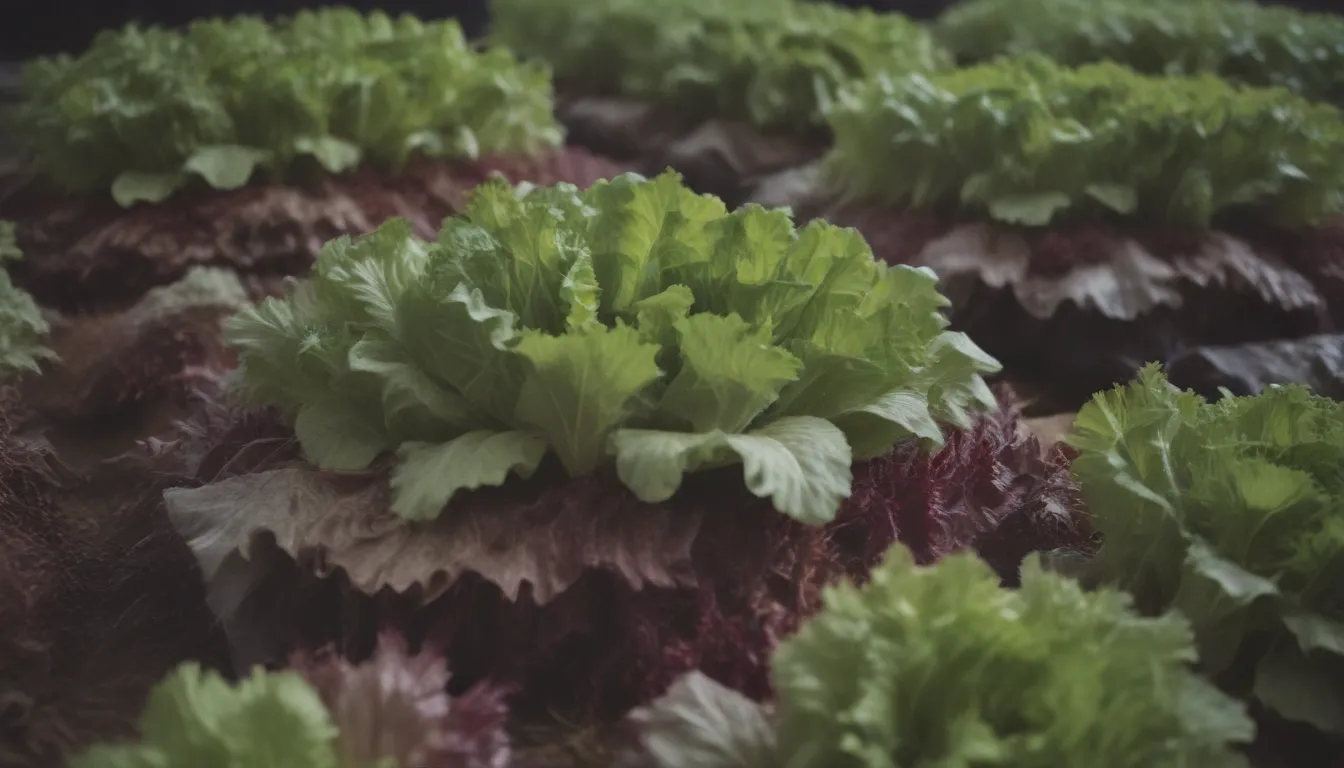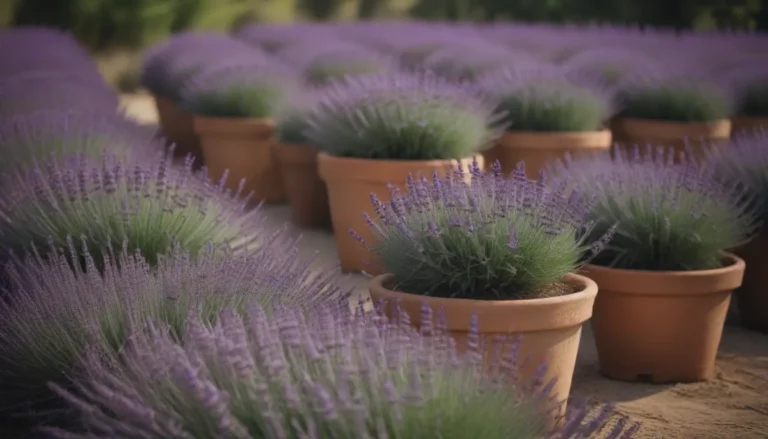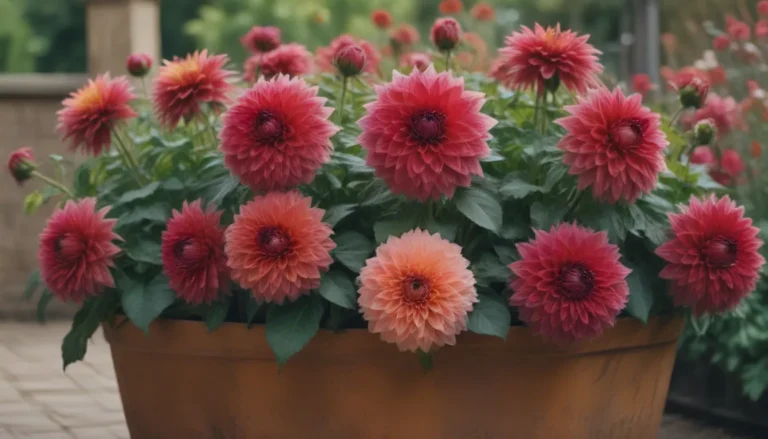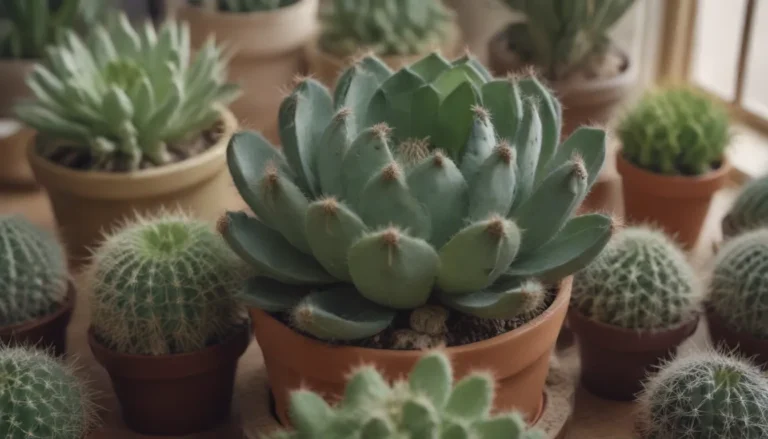Mastering the Art of Growing Lettuce: A Comprehensive Guide

Lettuce (Lactuca sativa) is a versatile and delicious vegetable that comes in a wide variety of types, from tender bibb lettuce to vibrant rouge d’hiver. Whether you’re a beginner or an experienced gardener, growing lettuce can be a rewarding experience. In this in-depth guide, we will explore everything you need to know about growing lettuce successfully in your garden.
Understanding the Different Types of Lettuce
Lettuce can be divided into four main categories: head lettuce, romaine/cos, leaf lettuce, and butterhead (loose head). The most popular choice for home gardens is leaf lettuce, which comes in a wide range of varieties. Understanding the different types of lettuce will help you choose the best varieties for your garden.
How to Plant Lettuce
When to Plant
Plant lettuce in the spring as soon as the soil can be worked. Alternatively, you can start seeds indoors about five weeks before the last spring frost date in your area. For a continuous harvest, sow seeds every two weeks. If you plan on a fall harvest, plant approximately seven weeks before the first fall frost.
Selecting a Planting Site
Choose a sunny location with well-draining, nutrient-rich soil for your lettuce. Container gardening is also an option if space is limited. Consider planting lettuce alongside warm-season vegetables like tomatoes to maximize space in your garden. Rotate the planting location each season to prevent soil-borne diseases.
Spacing, Depth, and Support
Plant lettuce seeds 1/8 to 1/4 inch deep in rows at least a foot apart. The spacing between seedlings depends on the mature size of the variety. Keep lettuce plants close together to suppress weeds. Support structures are not necessary for growing lettuce.
Lettuce Plant Care
Light
Lettuce thrives in full sun, with at least six hours of direct sunlight daily. Partial sun is also suitable for lettuce, especially in warmer climates. Avoid excessive shade, as it can result in leggy growth.
Soil
Lettuce prefers light, well-draining soil rich in organic matter with a slightly acidic pH. Ensure proper soil conditions to promote healthy growth.
Water
Maintain even soil moisture for lettuce to prevent bolting and sunscald. Water regularly when the top inch of soil feels dry. Mulching can help retain soil moisture and reduce watering frequency.
Mulch
Applying organic mulch around lettuce plants helps retain moisture, regulate soil temperature, suppress weeds, and keep leaves clean. Use a 2-3 inch layer of mulch such as wood chips, straw, or grass clippings.
Temperature and Humidity
Lettuce grows best in temperatures between 45 and 70 degrees Fahrenheit. Select heat-tolerant varieties for summer planting. Adequate soil moisture and airflow are essential for healthy lettuce growth.
Fertilizer
Organic matter-rich soil may not require additional fertilization. If needed, apply nitrogen-rich fertilizer three weeks after planting. Fish emulsion is an ideal organic fertilizer for lettuce.
Pollination
Lettuce is self-pollinated, making it easy to grow in a home garden.
Types of Lettuce
There are various types of lettuce suitable for different growing conditions and taste preferences. Crisphead, butterhead, looseleaf, cos, romaine, and Batavian lettuce are common varieties to consider for your garden.
Lettuce vs. Cabbage
While both lettuce and cabbage grow in heads, cabbage tends to be tougher and has a stronger flavor compared to the mild taste of lettuce.
Harvesting Lettuce
Harvest leaf lettuce when the outer leaves reach about 6 inches long. For head lettuce, harvest before the head elongates. Store harvested lettuce in the refrigerator for up to 10 days in a plastic bag.
How to Grow Lettuce in Pots
Growing lettuce in containers or bags is a convenient way to protect plants from pests and optimize space. Choose a container with drainage holes and the necessary space for your preferred lettuce variety.
Pruning
Regularly harvest mature leaves and trim any damaged or broken leaves to promote healthy growth.
Propagating Lettuce
Lettuce can be grown from seeds or scraps for a continuous harvest. Follow proper planting techniques for successful propagation.
Common Plant Diseases and Pests
Prevent powdery mildew and downy mildew by growing lettuce in optimal conditions. Common pests like aphids, cutworms, slugs, and rabbits can be managed with effective solutions like homemade sprays, collars, or organic deterrents.
Conclusion
Growing lettuce in your garden can be a rewarding and enjoyable experience. By understanding the different types of lettuce, proper planting techniques, and essential care practices, you can cultivate a bountiful harvest of fresh, crispy greens. Experiment with various lettuce varieties and techniques to find what works best in your garden. Happy gardening!





